Liupanshan National Forest Park
Liupanshan National Forest Park is located in the center of the triangle formed by Xi'an, Yinchuan and Lanzhou. It is located in the south of Ningxia. It spans two counties and one district in Jingyuan, Longde and Yuanzhou District of Ningxia. It covers a total area of 678,800 hectares and the main peak of Mitangshan Mountain is 2942 meters above sea level. The forest cover rate is over 80%, the annual average temperature is 5.8 C, the annual precipitation is 676 mm, and the annual average relative humidity is 60-70%. It is an important water conservation forest base in Northwest China.
In the second year of Qin Shihuang's reunification of China, 220 B.C., he roamed the western and northern parts of Longxi and returned to the Middle Palace with his 39-year-old heroism; in the 24 years of Emperor Wudi of Han Dynasty, he traveled six to six Panshan mountains.
In the Yuan Dynasty, Genghis Khan, a proud generation, set up his military base in Liupanshan, and his descendants, Montgomery Khan, Kublai Khan, the Southern Song Dynasty, Dali and Yehuo, started from Liupanshan and took Liupanshan as their base.
Liupanshan is also the last big mountain that Mao Zedong led the Chinese Red Army of Workers and Peasants to climb. Since then, the Chinese revolution has embarked on a smooth road. Mao Zedong left Qianzhuang Shanhe's Qingping Music Liupanshan.
In December 2006, Liupanshan National Forest Park was rated AAAA-level ecotourism area by the National Tourism Administration.
geographical environment
Location context
Liupanshan National Forest Park is located in the center of the triangle formed by Xi'an, Yinchuan and Lanzhou. It is located in the south of Ningxia. It spans two counties and one district in Jingyuan, Longde and Yuanzhou District of Ningxia. It covers a total area of 678,800 hectares and the main peak of Mitangshan Mountain is 2942 meters above sea level. This is the combination of the farming culture of the Central Plains and the nomadic culture of the North. It is a necessary place for the northern road in the eastern section of the ancient Silk Road and a military fortress for the warriors of all dynasties.
climate
The climate of Liupanshan is a transitional zone from semi-humid to semi-arid in the middle temperate zone. It has the characteristics of continental and marine monsoon margin climate. It has low temperature in spring, little rain, short hail in summer, early autumn cloudy, waterlogging and frost, long cold winter and abundant light resources. The annual average temperature is 5.8 C, the annual precipitation is 676 mm, and the annual average relative humidity is 60-70%.
Landforms
Liupan Mountain is one of the youngest mountain ranges in China. It is formed by Himalayan orogeny and Blue Mountain movement. It is located at the junction of Qinling and Longshan Mountains and is a narrow mountain range with a north-south trend. The main peak is located in the beautiful mountain south of the monk, with an elevation of 2942 meters.
General situation of resources
The forest coverage of Liupanshan National Forest Park is over 80%, and there are 788 species of plant resources. Vegetation types include both horizontally zonal forests and grasslands, and vertical vegetation landscape composed of low-mountain meadow grassland, broad-leaved mixed forest, coniferous-broad-leaved mixed forest and broad-leaved dwarf forest in the vertical band spectrum of mountain vegetation. The main tree species are Populus davidiana, Betula, Quercus liaotungensis, Mixed Tilia, Acer, Salix mandshurica, Pinus armandii and so on. Under the forest, many arrowhead bamboo, hazelnut and many shrubs develop gray cinnamon soil. The meadow grassland and dry grassland are on the sunny slope below the forest belt and 2200 meters below; the weed meadow is on the sunny slope above 2200 meters and on the shady slope above 2600 meters, and the mountain meadow soil is developed, which is a good pasture for livestock. Wildlife resources are abundant, only medicinal plants are more than 600 species, Dangshen, Astragalus membranaceus, Fritillaria fritillaria, Taoerqi and other medicinal materials sell well throughout the country.
Liupanshan Forest Park has a national class of protected animals, including leopard, forest musk deer, red belly pheasant, spoon chicken and golden carving. There are about 200 species of vertebrates, including 38 species of mammals such as leopard and musk deer. There are 147 species of birds, including Golden carving, red belly pheasant, and 905 species of 123 families in 17 orders. Among them, there are rare golden bat moths, vermicelli butterflies, black phoenix butterflies and water wax moths.
Main attractions
Wild Lotus Valley Scenic Area
Wild lotus Valley is about 10 kilometers long. The two sides of the valley are cliffs. There are wild Chinese pine covered with rocky cliffs in the valley, Chinese pine and larch forests on gentle slopes and at the bottom of the valley, and aquatic wild rhubarb lodgers, i.e. wild lotus, on the river bed. At the end of the canyon is an ice waterfall, and the road along the bend of the river bed is the Chitou Road that Qin Shihuang visited in that year.
Xiaonanchuan Scenic Area
Xiaonanchuan is the trump-card scenic spot of Liupanshan Mountain and one of the main sources of Jinghe River. It consists of many scenic spots, such as Ancient Tree Pool, Acacia Water, Birch Bend, Red Birch Forest, Flying Flow Down, Dragon Girl Bath and so on. Liuquan Falls, known as "Xiaojiuzhai" reputation.
Liangdian Gorge Scenic Area
Liangdian Gorge is a place where a generation of proud Genghis Khan troops. Liangdian Gorge means a cool valley. Located deep in the shady and sunny Grand Canyon in the hinterland of Liupan Mountain, the canyon is about 20 kilometers long.
Erlong River Ghost Gate Scenic Area
Guimen Pass Scenic Area of Erlong River is a scientific exploration route. It is not allowed to enter without professional tour guides.
Erlong River is the main source of Jinghe River. The Canyon is 20 kilometers long. It is the core area of Liupanshan Nature Reserve and the most abundant area of wildlife and wildlife. There are well-preserved primitive forests in the area, which are composed of scenic spots such as osmanthus cliff, chrysanthemum jian, little ghost gate, town ghost pagoda, falling pool, ninth step water and mushroom stone. After five o'clock in the afternoon, leopards often appear.
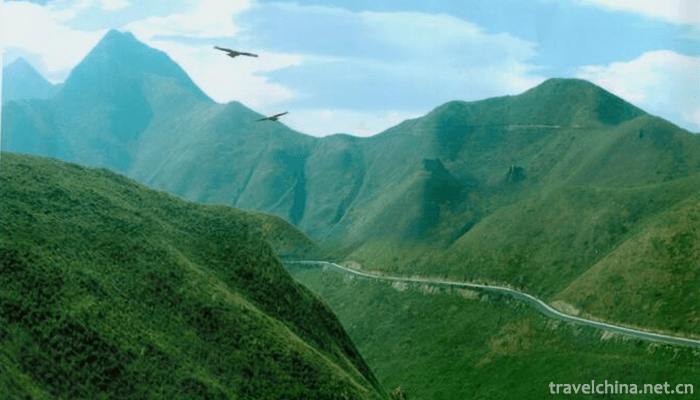
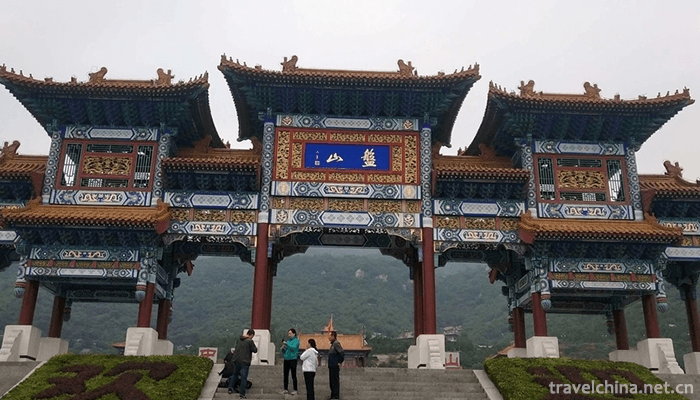
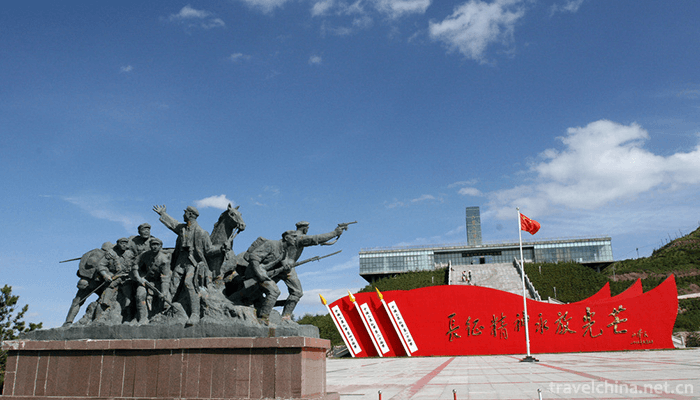
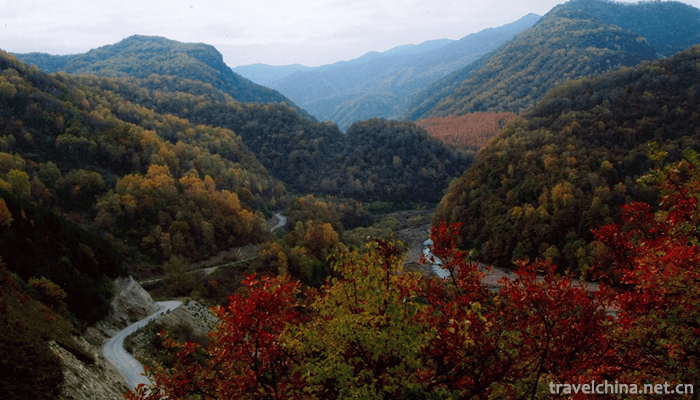

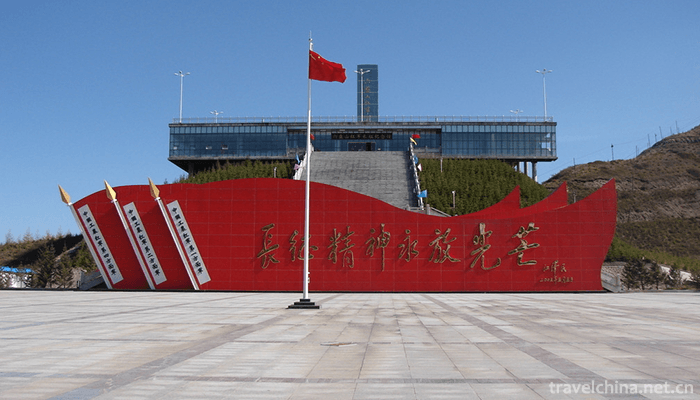
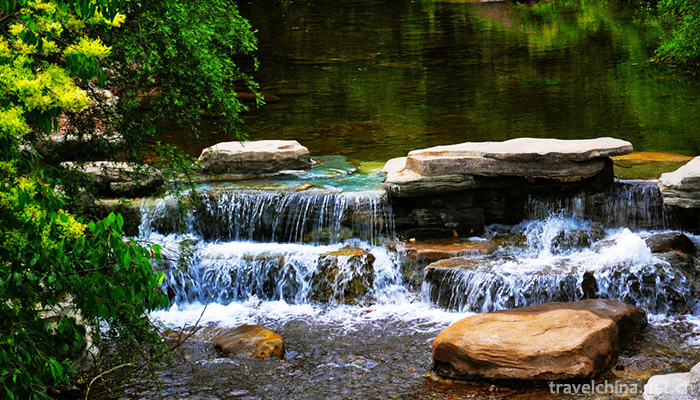
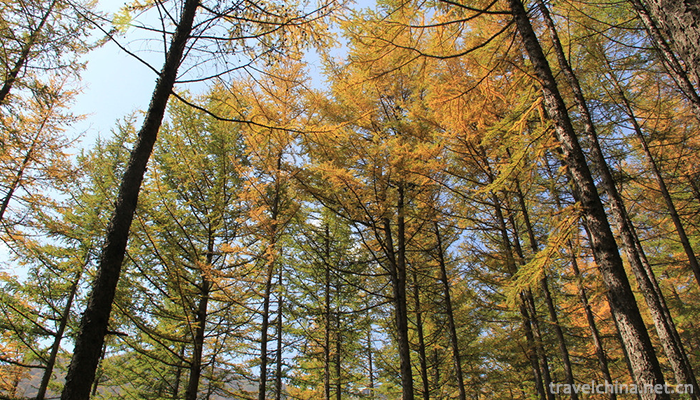
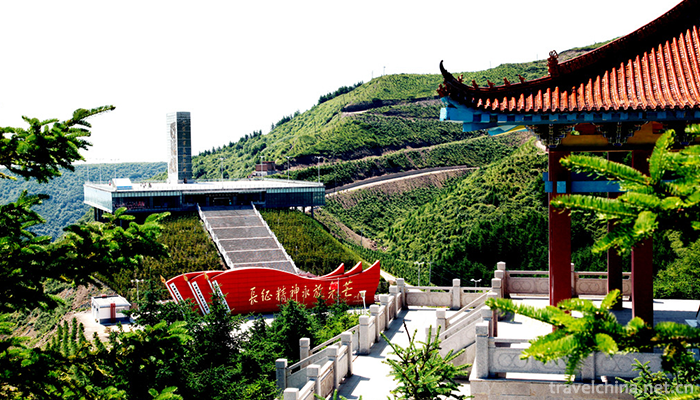


-
1.sate noodles
The only disciple chef Wang Daquan who teaches Shacha Noodle recipe by the master of Southern Fujian cuisine Yang Jibo inherits the tradition and makes it flourish. The main ingredients of Shacha sauc
Time 2018-11-02 -
2.Lianzhou Underground River Scenic Spot
Lianzhou City is located in the northwest of Guangdong Province and the upper reaches of Lianjiang River. The northeast is connected with Yizhang County in Hunan Province
Time 2018-12-12 -
3.Guan Tang hot spring
Guantang Hot Spring is located in Tangtou Town, Linyi City, Shandong Province, on the East Bank of Yihe River. The hot spring covers an area of nearly 260 Mu and has a construction area of 100,000 squ
Time 2019-01-13 -
4.Mingshan Scenic Area
Famous Mountain Scenic Area is located on the beautiful bank of Heilongjiang Province, across the river from the Russian Jewish Autonomous Prefecture
Time 2019-02-07 -
5.The Forging Skill of Achang Husha Knife
Achang household knife forging technology, Yunnan Dehong Dai Jingpo Autonomous Prefecture Longchuan County household Sa Township traditional handicraft, one of the national intangible cultural heritag
Time 2019-03-28 -
6.Changzhou comb
Comb, also known as Chlamys, is one of the eight hairdresses in ancient China. It is a local traditional handicraft with a long history in Changzhou City, Jiangsu Province.
Time 2019-04-16 -
7.Guqin art
Guqin art is embodied as a solo art form of flat stringed instruments. It also includes both singing and playing, as well as the ensemble of piano and xiao.
Time 2019-05-01 -
8.Anhui Opera
Hui Opera, one of the local operas in Anhui Province of China, originally known as "Hui Diao" and "Erhuang Diao", originated in the Ming Dynasty and was named Hui Opera after 1949.
Time 2019-05-04 -
9.Kirgiz Kumzi Art
Kumzi is an ancient plucked instrument unique to the Kirgiz people. The meaning of "Kumzi" Kirgiz people is "beautiful musical instrument". Mainly spread in Xinjiang Kirgiz Autonom
Time 2019-05-09 -
10.Ningbo Zhujin lacquer wood carving
Also known as "Golden Lacquer Wood Carving", it is a traditional Chinese craft. Composition features mainly draw on the advantages of Chinese folk paintings and literati landscape flowers an
Time 2019-06-08 -
11.chanting of folk tales to the accompaniment of bamboo percussion instruments
Yugu Daoqing, also known as Bangbangqiangzi, is a kind of Han opera in Anhui Province. Beating fishing drums accompanied by singing has become a performance form of fishing drum sentiment. Fishing dru
Time 2019-07-14 -
12.Yibin transportation
Yibin is a transportation hub city in South Sichuan, which is famous for its comprehensive three-dimensional transportation network of water, land and air. It is located at the starting point of the golden waterway of the Yangtze River and the strategic point of Sichuan Yunna
Time 2020-12-18